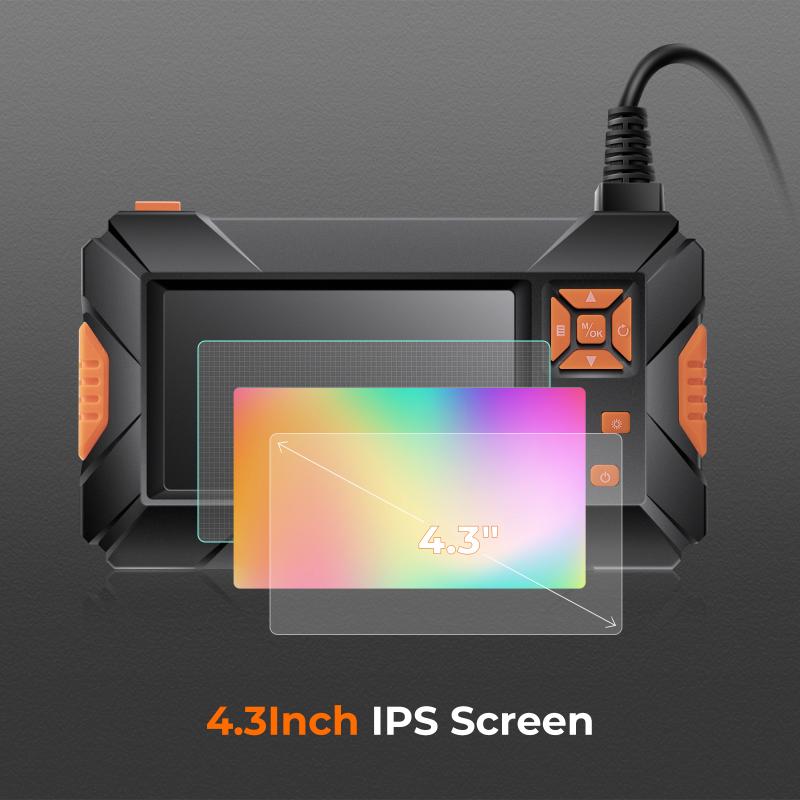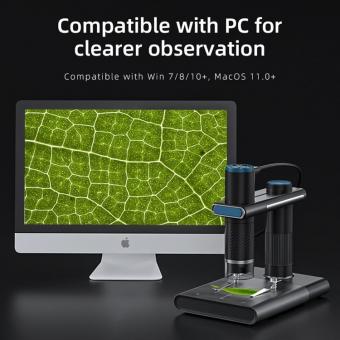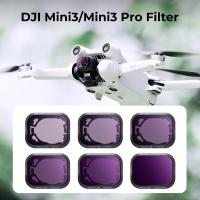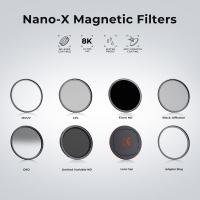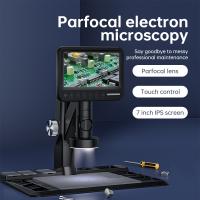Can You See Viruses Using A Light Microscope ?
No, viruses cannot be seen using a light microscope as they are too small. The size of viruses ranges from 20 to 300 nanometers, which is much smaller than the resolution limit of a light microscope, which is around 200 nanometers. Therefore, electron microscopes are required to visualize viruses. Electron microscopes use a beam of electrons instead of light to create an image, which allows for much higher magnification and resolution. With an electron microscope, viruses can be visualized in great detail, revealing their structure and morphology.
1、 Size limitations of light microscopy for virus detection
Size limitations of light microscopy for virus detection. Light microscopy has been a valuable tool for the detection and study of many microorganisms, including bacteria, fungi, and parasites. However, the size of viruses is much smaller than the resolution limit of light microscopy, which is around 200 nanometers. Therefore, viruses cannot be seen using a light microscope alone.
To visualize viruses, electron microscopy (EM) is required, which has a much higher resolution limit of around 0.2 nanometers. EM allows for the direct visualization of viruses and their structures, providing valuable information for research and diagnosis.
However, recent advancements in super-resolution microscopy have allowed for the visualization of structures smaller than the diffraction limit of light. This technique, known as structured illumination microscopy (SIM), has been used to visualize viruses and their interactions with host cells.
In conclusion, while light microscopy alone cannot visualize viruses, the development of super-resolution microscopy techniques has expanded the capabilities of light microscopy for virus detection and research.
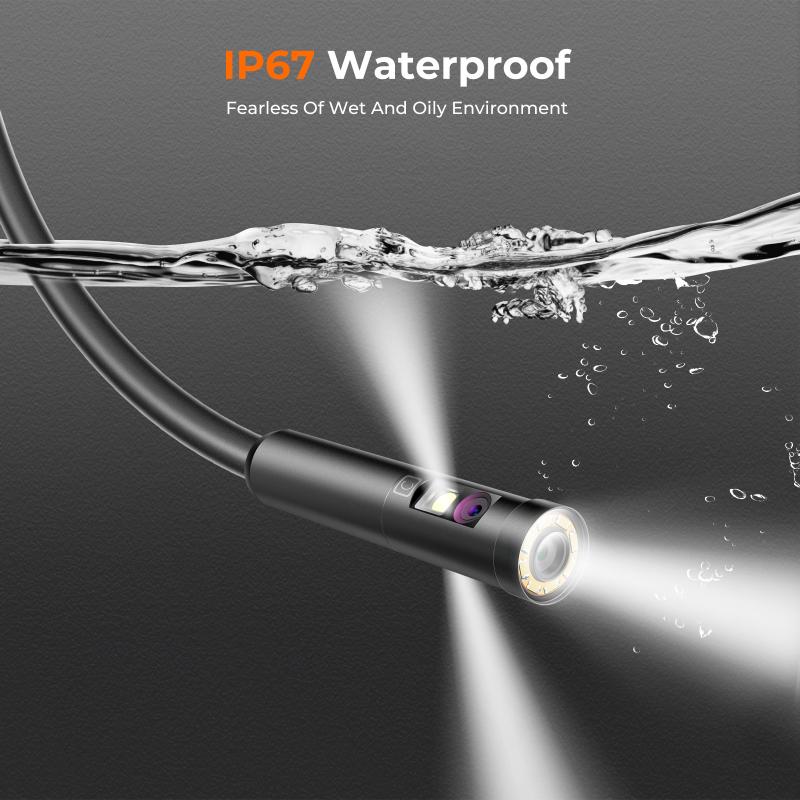
2、 Staining techniques for virus visualization
Can you see viruses using a light microscope? The answer is no. Viruses are too small to be seen using a light microscope, which has a maximum resolution of about 0.2 micrometers. Viruses are typically between 20 and 300 nanometers in size, which is much smaller than the smallest bacteria.
Staining techniques for virus visualization have been developed to overcome this limitation. These techniques involve using dyes or antibodies that bind specifically to viral particles, making them visible under a microscope. One common staining technique is the use of electron microscopy, which uses a beam of electrons to visualize the virus particles.
However, staining techniques have their limitations as well. They can be time-consuming and require specialized equipment and expertise. Additionally, staining techniques may not be able to distinguish between different types of viruses, as many viruses have similar structures.
The latest point of view is that advances in imaging technology, such as super-resolution microscopy, may eventually allow for the direct visualization of viruses without the need for staining techniques. These techniques use specialized microscopes and fluorescent dyes to achieve resolutions beyond the diffraction limit of light, allowing for the visualization of structures as small as individual molecules.
In summary, while light microscopy cannot be used to directly visualize viruses, staining techniques and advances in imaging technology offer ways to overcome this limitation and visualize these tiny particles.

3、 Contrast-enhancing methods for virus observation
Can you see viruses using a light microscope? The answer is no, viruses are too small to be seen using a light microscope. The size of viruses ranges from 20 to 300 nanometers, which is much smaller than the resolution limit of a light microscope, which is around 200 nanometers. Therefore, viruses cannot be observed using a light microscope without any contrast-enhancing methods.
Contrast-enhancing methods for virus observation include staining, negative staining, and immunofluorescence. Staining involves adding a dye to the sample, which binds to the virus and makes it visible under the microscope. Negative staining involves adding a heavy metal salt to the sample, which creates a contrast between the virus and the background. Immunofluorescence involves using antibodies that bind to the virus and are labeled with a fluorescent dye, which makes the virus visible under a fluorescent microscope.
The latest point of view on virus observation is the use of electron microscopy, which has a much higher resolution than a light microscope. Electron microscopy uses a beam of electrons instead of light to observe the sample, which allows for the observation of viruses at a much higher magnification. Cryo-electron microscopy is a newer technique that allows for the observation of viruses in their native state, without the need for staining or fixation.
In conclusion, viruses cannot be seen using a light microscope without contrast-enhancing methods. Staining, negative staining, and immunofluorescence are commonly used methods for virus observation. However, electron microscopy and cryo-electron microscopy are newer techniques that allow for the observation of viruses at a much higher resolution.
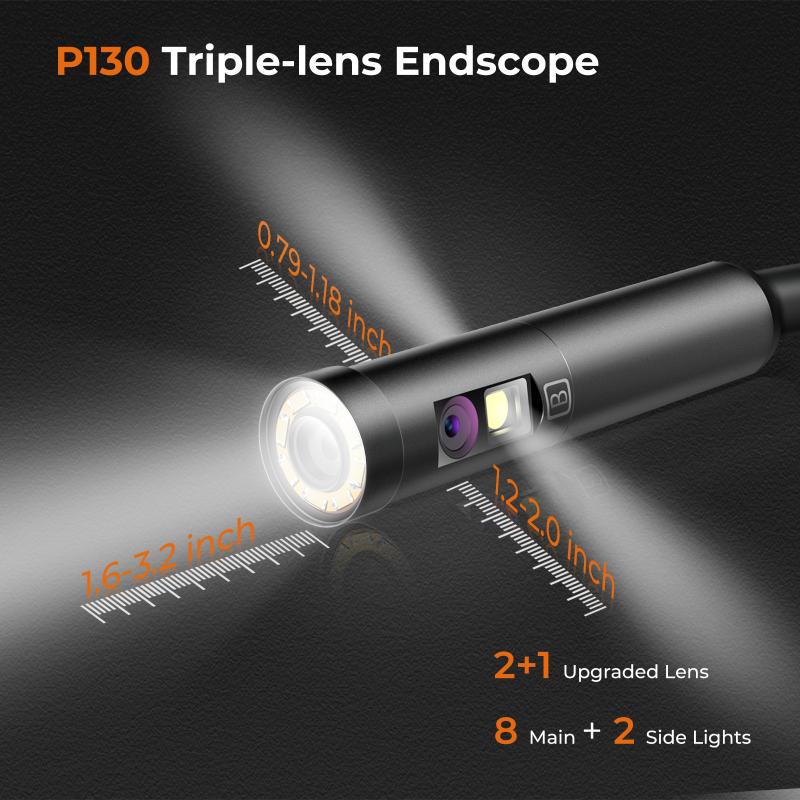
4、 Limitations of resolution in virus detection
The resolution of a light microscope is limited by the wavelength of light, which is about 500 nanometers. This means that viruses, which are much smaller than bacteria, cannot be seen using a light microscope. Viruses typically range in size from 20 to 300 nanometers, making them too small to be resolved by a light microscope.
To overcome this limitation, electron microscopy is used to visualize viruses. Electron microscopes use a beam of electrons instead of light to create an image, allowing for much higher resolution. This technique has been used to study the structure and morphology of viruses in great detail.
However, even with electron microscopy, there are still limitations in virus detection. Some viruses are too small to be seen even with electron microscopy, and others may be difficult to visualize due to their shape or structure. Additionally, viruses may be present in very low concentrations, making them difficult to detect even with high-resolution imaging techniques.
Recent advances in imaging technology, such as cryo-electron microscopy, have allowed for even higher resolution imaging of viruses. This technique involves freezing the virus in a thin layer of ice and imaging it using an electron microscope. This has led to new insights into the structure and function of viruses, and has the potential to improve our ability to detect and treat viral infections.
